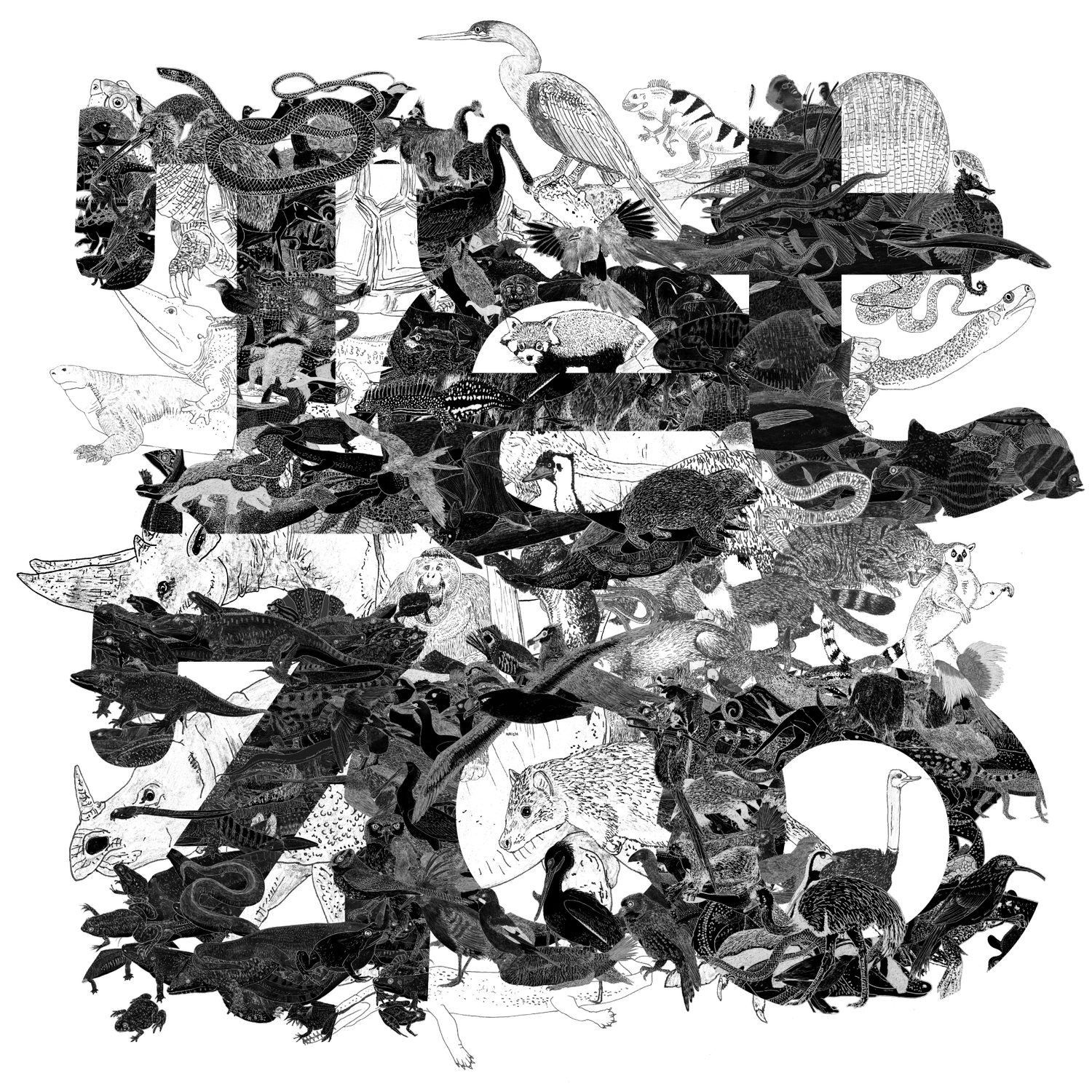Announcing the first ever digital Tetrapod Zoology convention!
Trope of the Buffalo-Backed Dinosaur
A Very Alternative View of Horned Dinosaur Anatomy, Revisited
The Case of the Cadborosaurus Carcass: a Review
The Dicynodont as Ground Sloth Hypothesis
The Water Monitor Complex, an Introduction
Monsters of the Deep, a Ground-Breaking Exhibition at the National Maritime Museum, Cornwall
Allodapanura, the Biggest Frog Group You’ve Never Heard Of (Part 1)
New Perspectives on Pterosaur Palaeobiology, the TetZoo Review
Predation and Corpse-Eating in Armadillos
Introducing ‘Unexpected Isle of Wight Air-Filled Hunter’, a New English Theropod Dinosaur
As a regular reader here, you might be familiar with the idea that we’re currently in a Golden Age of dinosaur discovery. More fossil dinosaurs are being discovered, monthly and annually, than at any other point in history, and numerous locations worldwide – even those considered well explored and well understood scientifically – continue to yield new species. Yes, new dinosaurs are found in countries like Malawi, Ecuador and Tanzania, and in Antarctica, but new dinosaurs are also found in the USA, France, Spain and the UK. This week sees the publication of yet another new dinosaur from England. I’m writing about it because I’m one of its describers.
RIP Brian Franczak (1955-2020)
The 1972 Loch Ness Monster Flipper Photos
If you’re a long-time reader of TetZoo, you’ll know that I’ve often examined and discussed the backstories to famous monster photos. And if you follow me on Twitter (I’m @TetZoo), you’ll know that I’ve lately been posting extremely long threads wherein I do likewise. It’s fun and results in lots of interaction. Today, I’m going to conduct an experiment and publish a monster-themed article here at the blog AND a threaded version of the same text at Twitter.
A Love Letter to the Common Frog
Why the World Has to Ignore David Peters and ReptileEvolution.com
The Dodo in Life
You’re already highly familiar with the Dodo Raphus cucullatus, and images of what this animal looked like in life are present in a vast number of books, popular sources and museum displays. What might not be so familiar to you is that the Dodo’s life appearance has been the subject of long-standing debate, that many familiar ideas about its appearance are very likely wrong, and that – even today – we’re uncertain about several details.
Dougal Dixon’s After Man, the Initial Pitch Document
There can’t be many visitors here who are unaware of Dougal Dixon and his 1981 book After Man (Dixon 1981), the work which effectively started the entire Speculative Zoology (or SpecZoo) movement.
The Shrews of the World
Cloudrunners and Other Cloud Rats of the Philippines
I’ve surely said on several occasions over the years that I’ve never written enough about rodents here at TetZoo. But, then, you could write about nothing BUT rodents and still not write about them enough… there are just so many of them, both in terms of numbers of species and individuals. Whatever, I’ve opted today to write about cloudrunners and other cloud rats, a group of luxuriantly furred, large, striking members of Muridae – the rat and mouse family – endemic to the Philippines.
Did Mesozoic Mammals Give Birth to Live Babies or Did They Lay Eggs?
If you know anything about mammals, you’ll know that crown-mammals – modern mammals – fall into three main groups: the viviparous marsupials and viviparous placentals (united together as therians), and the egg-laying monotremes. The fact that monotremes lay eggs is familiar to us today, but of course it was a huge surprise when first discovered. There’s a whole story there which I won’t be recounting here.




